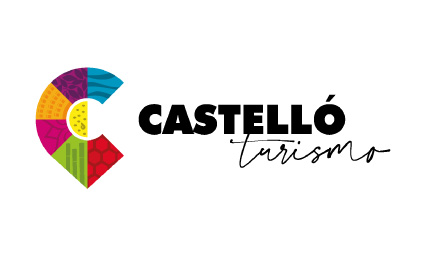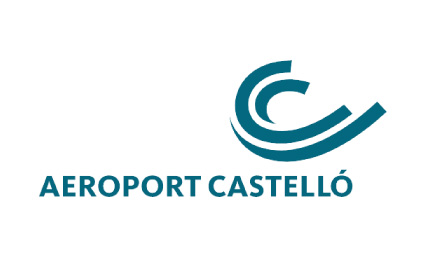Tourism
Diversification as a forward-looking approach
The tourism industry is one of the pillars of the future economic model of the regions of Castellón. This sector has gained a firm foothold in the first third of the 21st century with the opening of the airport and the increase in the number of accommodations both on the coast and in the mountain areas
13% of the province's GDP
Employs 9.6% of the working population
Such are the results of an activity that began to grow in the sixties and seventies, with a focal point centred in the residential and hotel complexes located next to the spas of Vilavella, Benassal, and Catí at the end of the 19th century and the villas of Benicàssim at the beginning of the 20th century.. This tourist tradition has remained in place up to the present day.
An evolving sector
The residential and family nature of the tourism that visitors come to see in the regions of Castellón each year is still prevalent, although the sector has evolved and has established itself as a benchmark in music festival, experience and adventure tourism.
Preferred type of accommodation
60% own home / rented accommodation / friends' house
25.6% stay in hotels
123,860 accommodation sites
Divided between hotels, hostels, guesthouses, pensions, campsites, rural houses, inns and flats.
Record number of visitors in 2019
4.4 Million / 481,000 foreigners
Visitors in 2023
3.8 Million (+18.9% compared to 2022)/ 468,929 foreigners (+18.4%)
Heritage and environmental wealth
The sunny beach destination is the main attraction for tourists who come to Castellón to spend their holidays or days off. Thus, it is on the coast, which has an average of more than 32 blue flags awarded annually by the European Foundation for Environmental Education, where the largest number of accommodations are located. In the interior of the province, the offer of tourist places has increased in recent years and is now close to 15,500. Rural, experiential or adventure tourism has become one of the province’s attractions, thanks to the environmental and cultural potential the various territories have to offer.
32 blue flags
Awards by the European Foundation for Environmental Education
Natural and heritage interest
There are also several places of heritage interest, such as the Levantine art cave paintings in the sheltered areas of the Valltorta ravine,which have been declared a World Heritage Site by UNESCO and can be found in the Museum of Cave Art in Tirig, and there are also the towns of Morella, Culla, Vilafamés, Peníscola and Segorbe.
Airport and festivals
3The opening of the airport facilities has boosted the arrival of foreign tourists to the province. In 2017, Castellón received more than 615,000 foreign tourists, and more than 28% of international travellers arrived through the Vilanova d’Alcolea airport in 2018. In 2023, the airport achieved the best results in its history with 283,259 passengers and 9,780 flights. In the last few years, this infrastructure has opened up routes Londres, Bucarest, Oporto, Budapest, Milán, Berlín, Bruselas and Madrid, etc.
The arrival of British visitors, who regularly attend the annual Benicàssim International Festival (FIB), is one example of the tourists’ quick acceptance of the aerodrome.
This music event is one of the commercial highlights of the summer and, in particular, of the so-called festival tourism, which shares the limelight with the Arenal Sound in Borriana, the Rototom or the Peñíscola Jazz Festival. These four events together attract more than 600,000 people and have become the driving force behind the summer in Castellón as well as brand creators.
Through the offer of music, the sector focuses on diversification to attract a younger audience and broaden the profile of visitors coming to the province. Alongside this offer, there is a wide range of sports tourism (Castellón marathon), adventure tourism (79 active tourism companies), cultural tourism (more than 58 museums in the province, architectural heritage), health tourism, cruises, and gastronomic tourism (3 Michelin 3 star restaurants) to deseasonalise a sector in which more than 65% of visitors come to enjoy the sand and sun.




